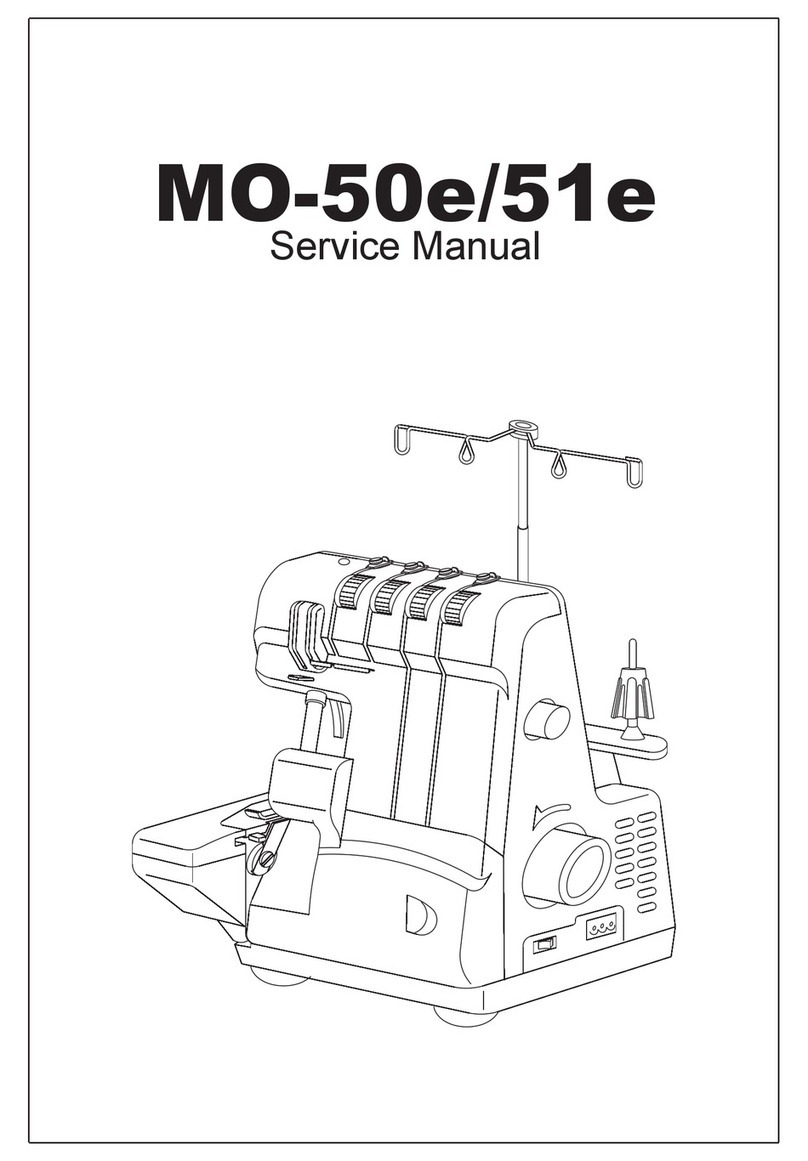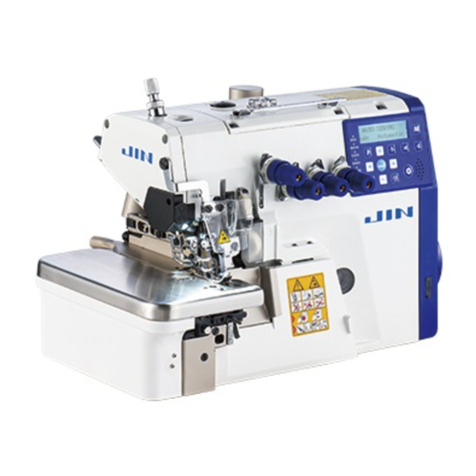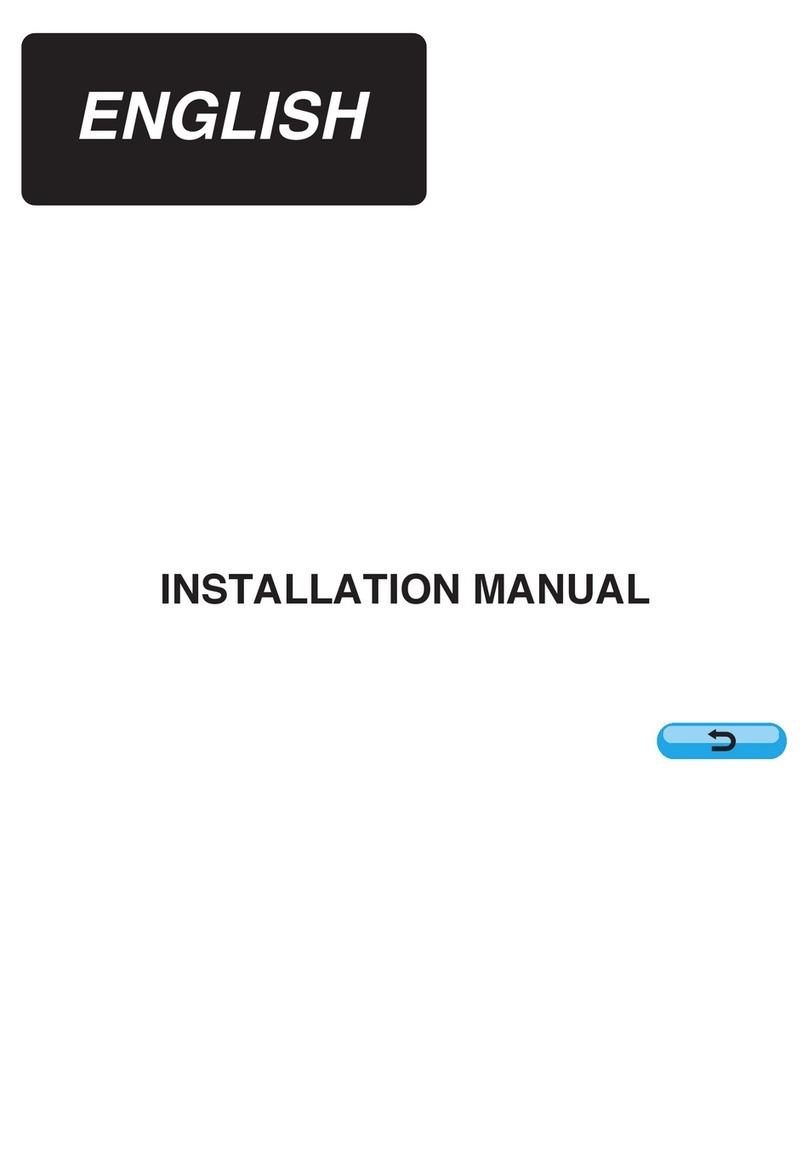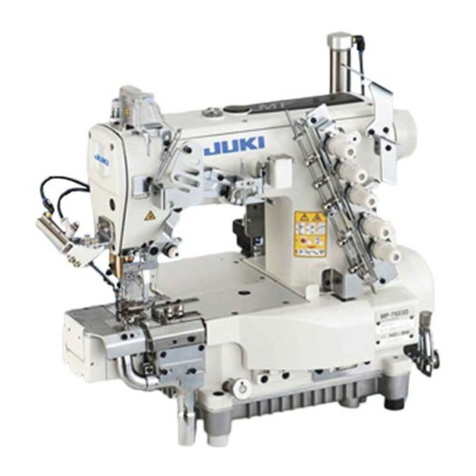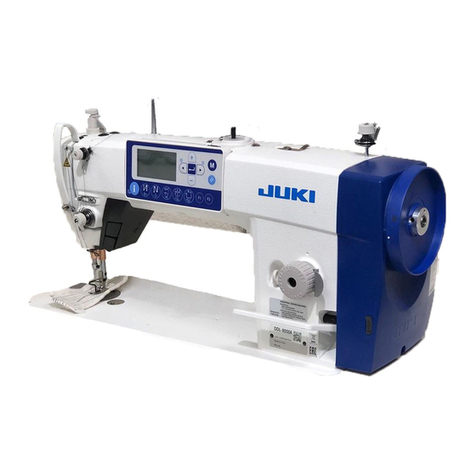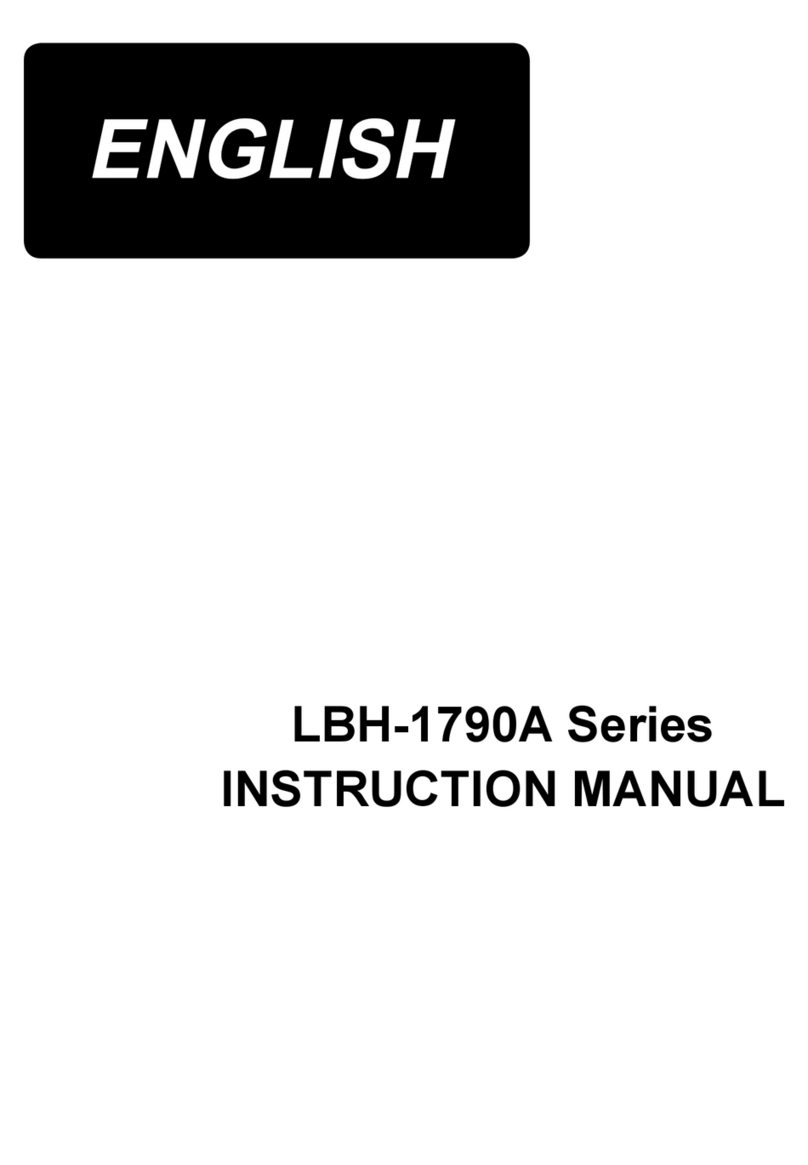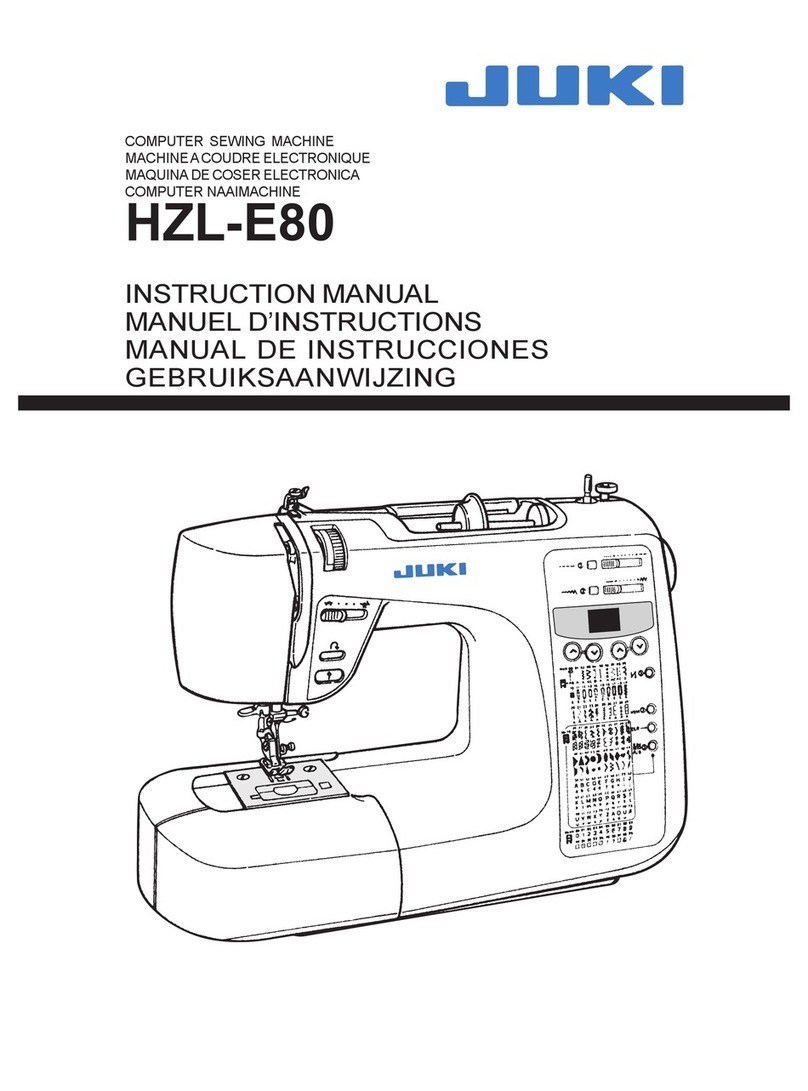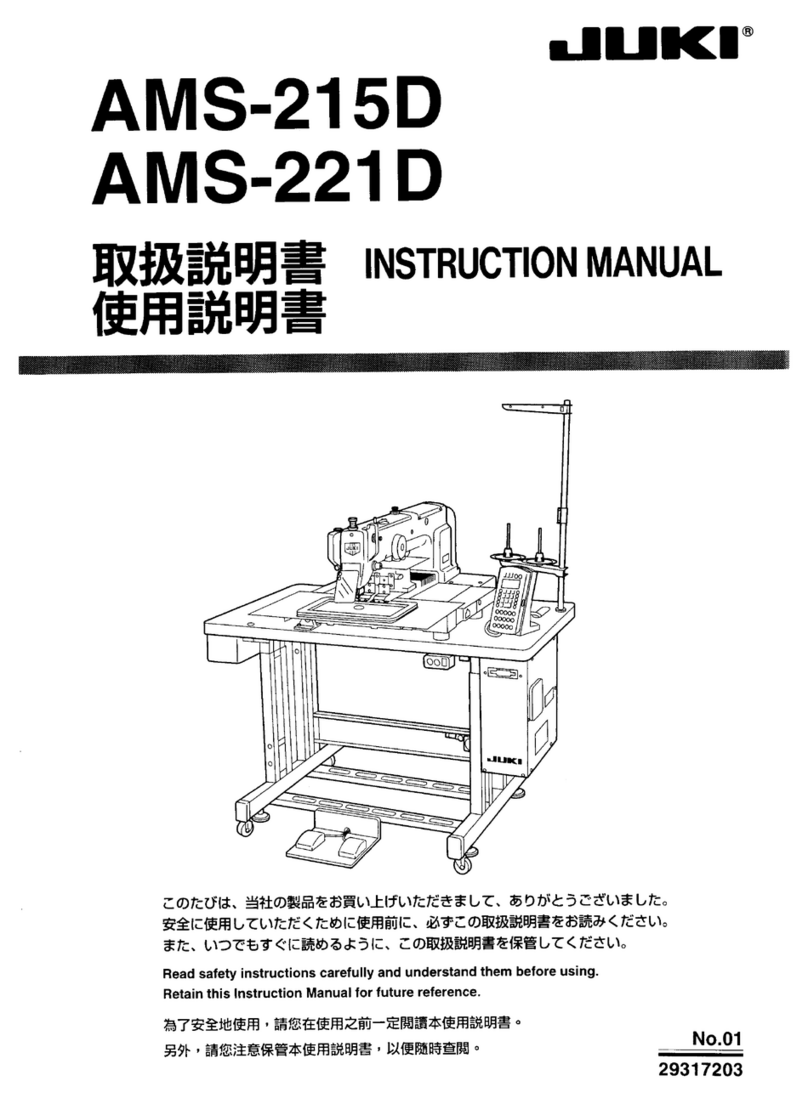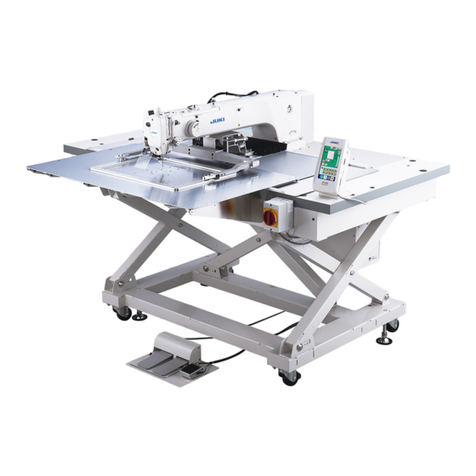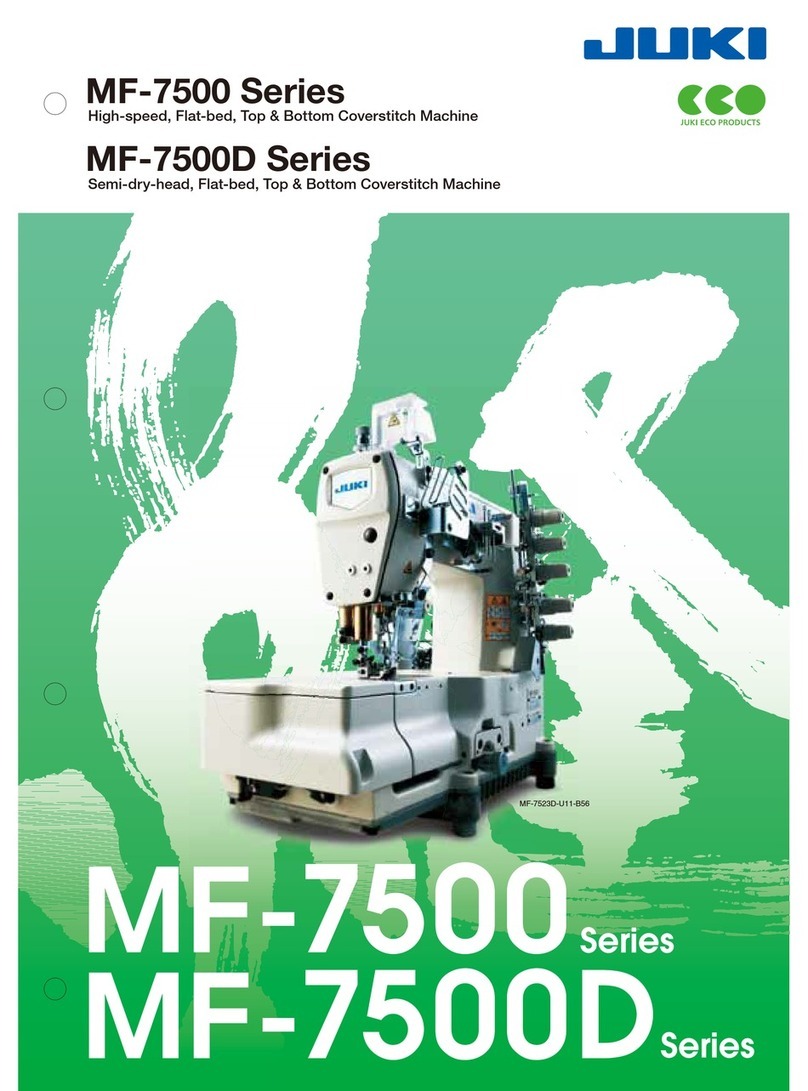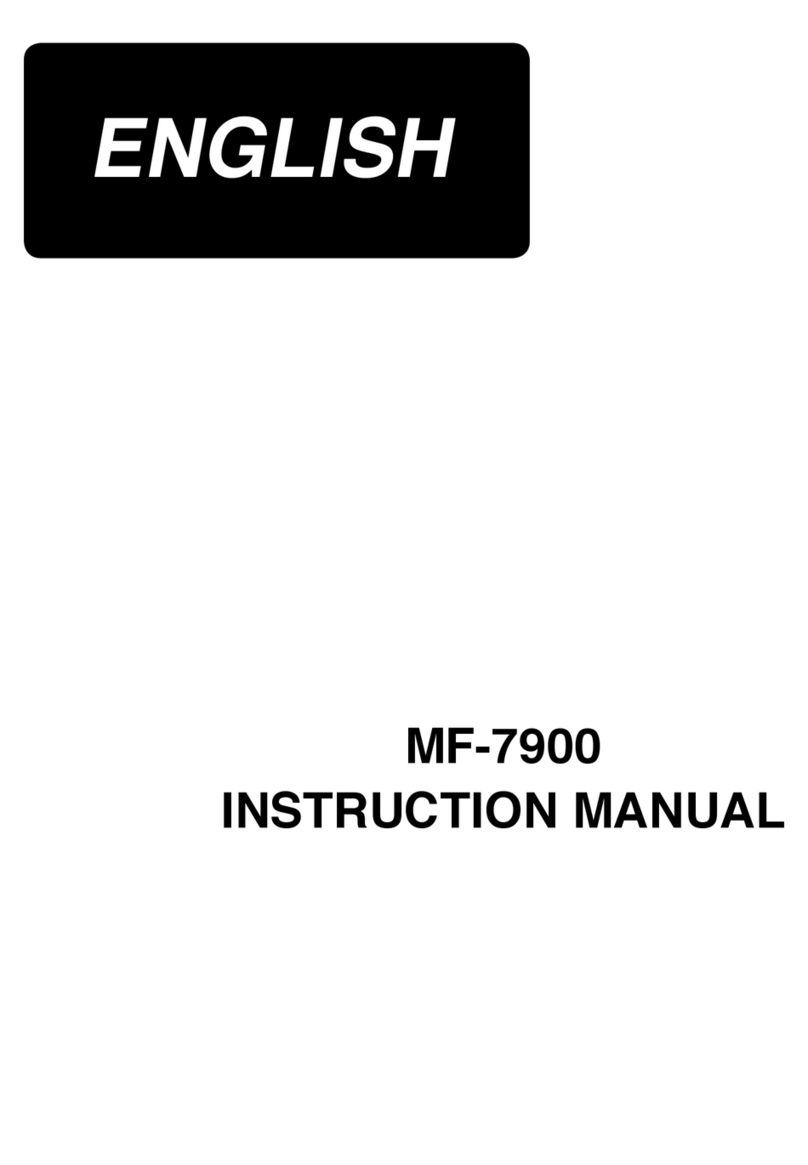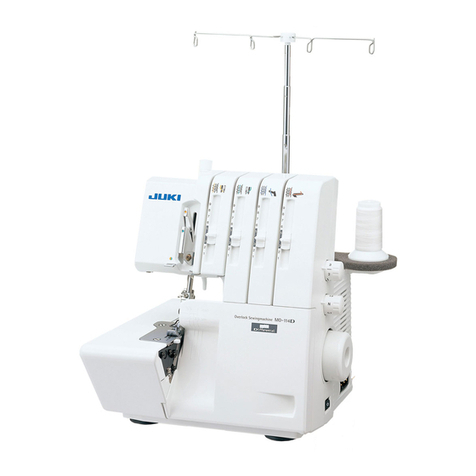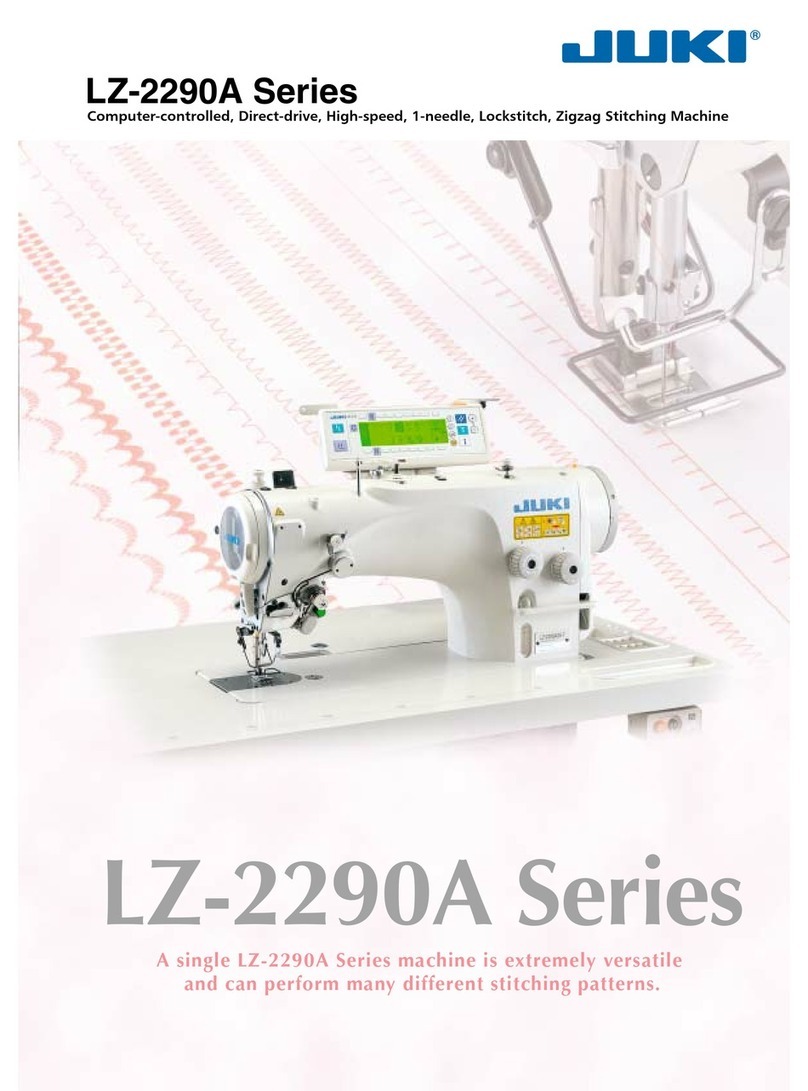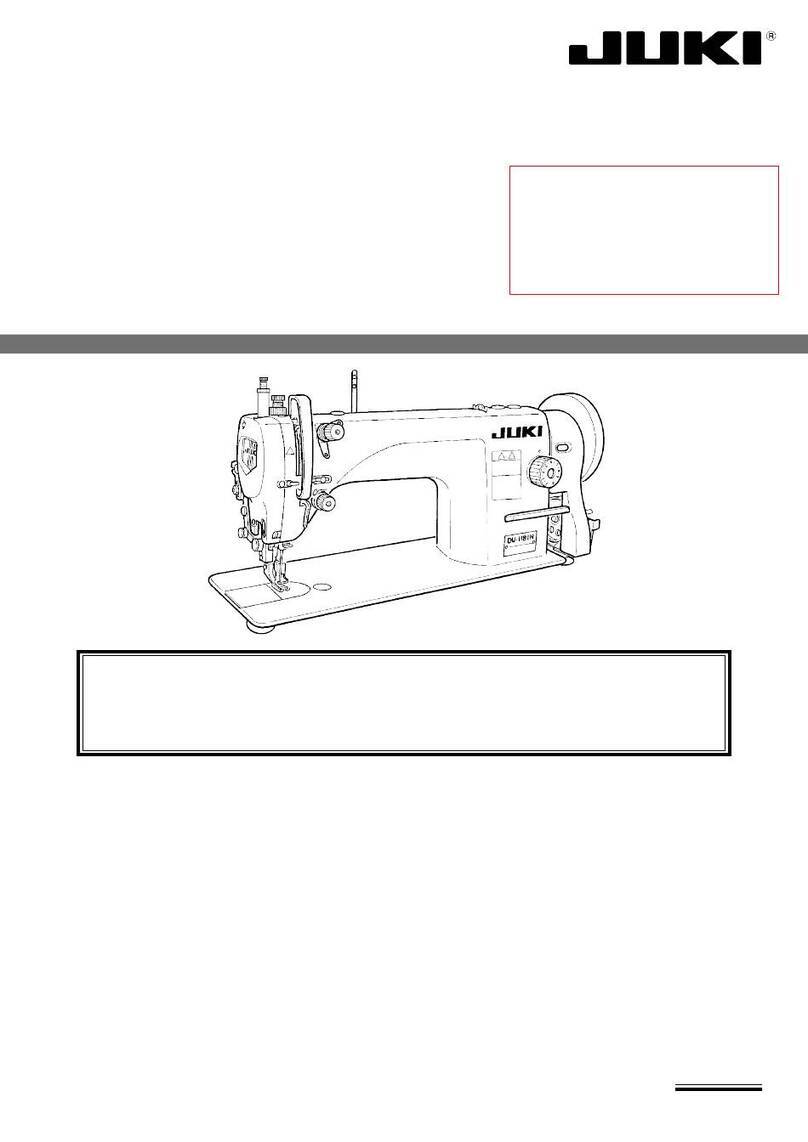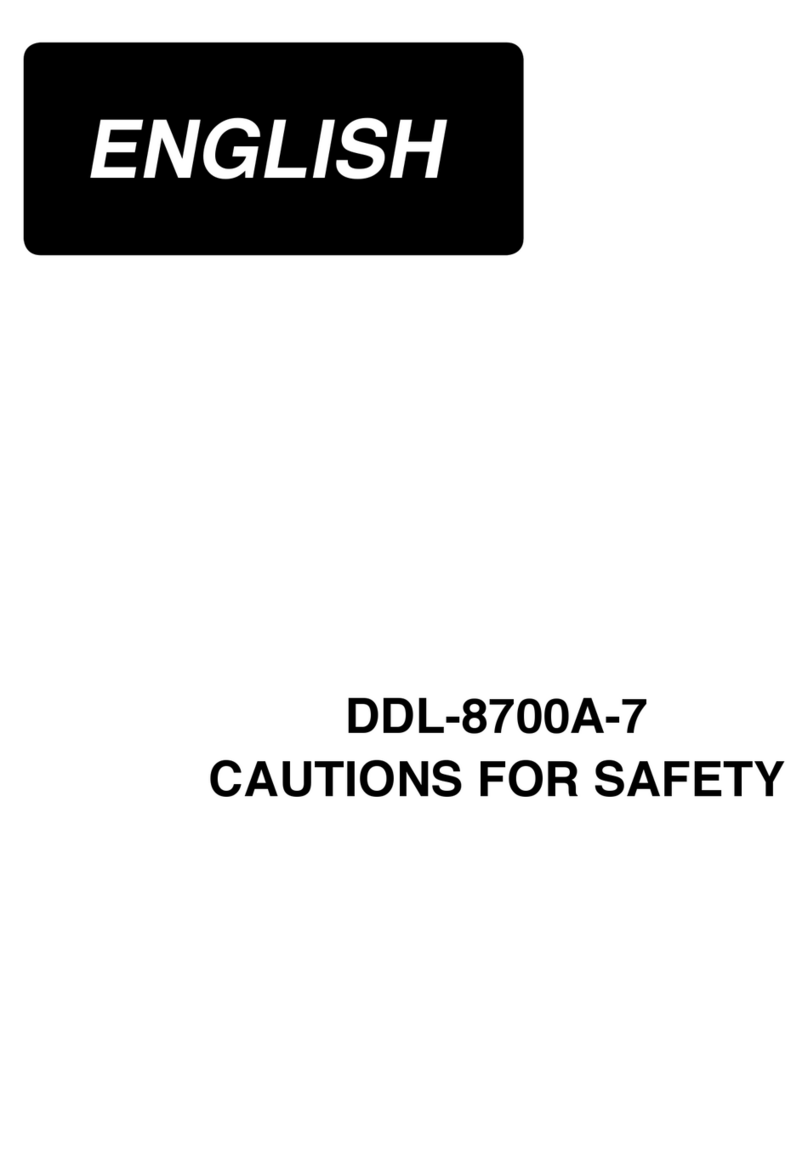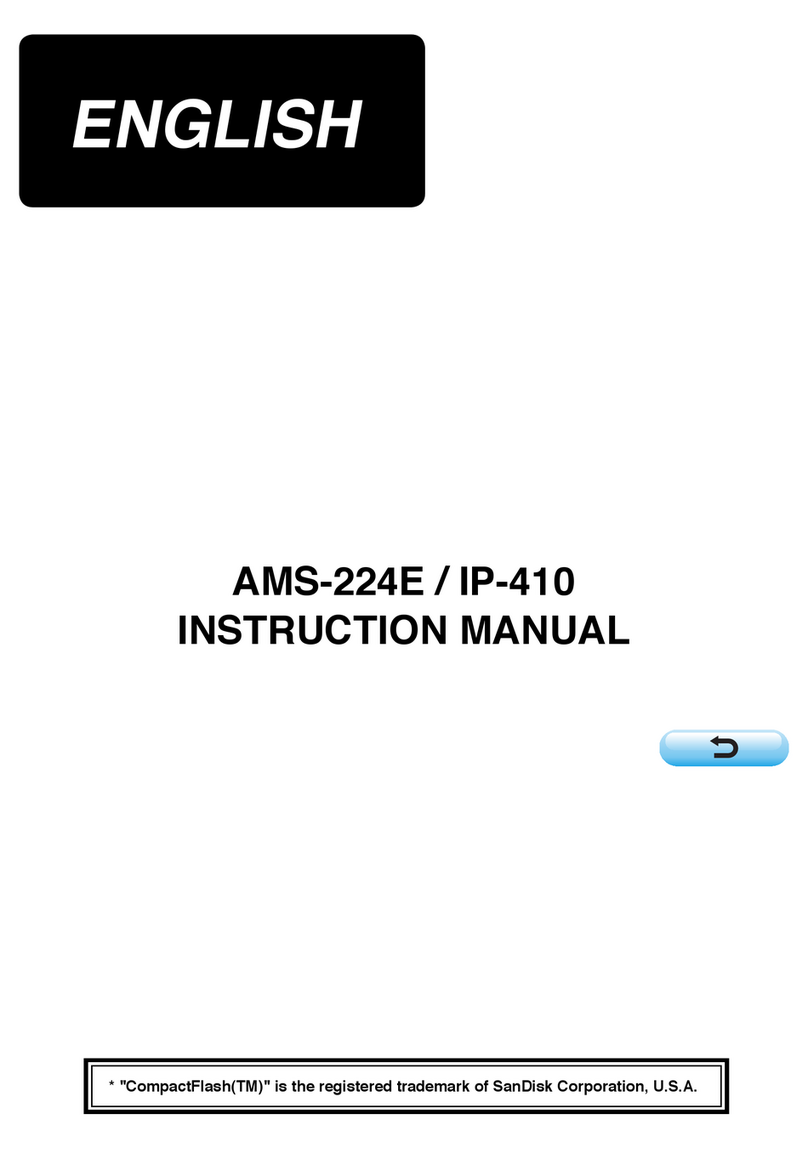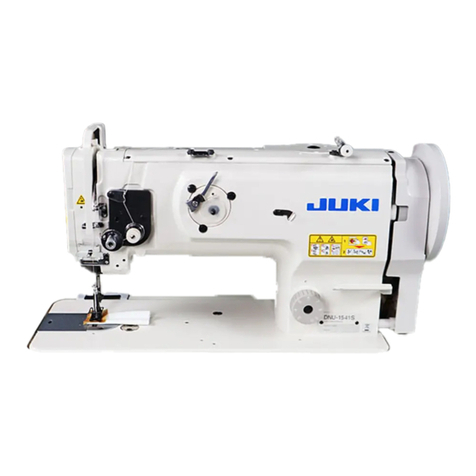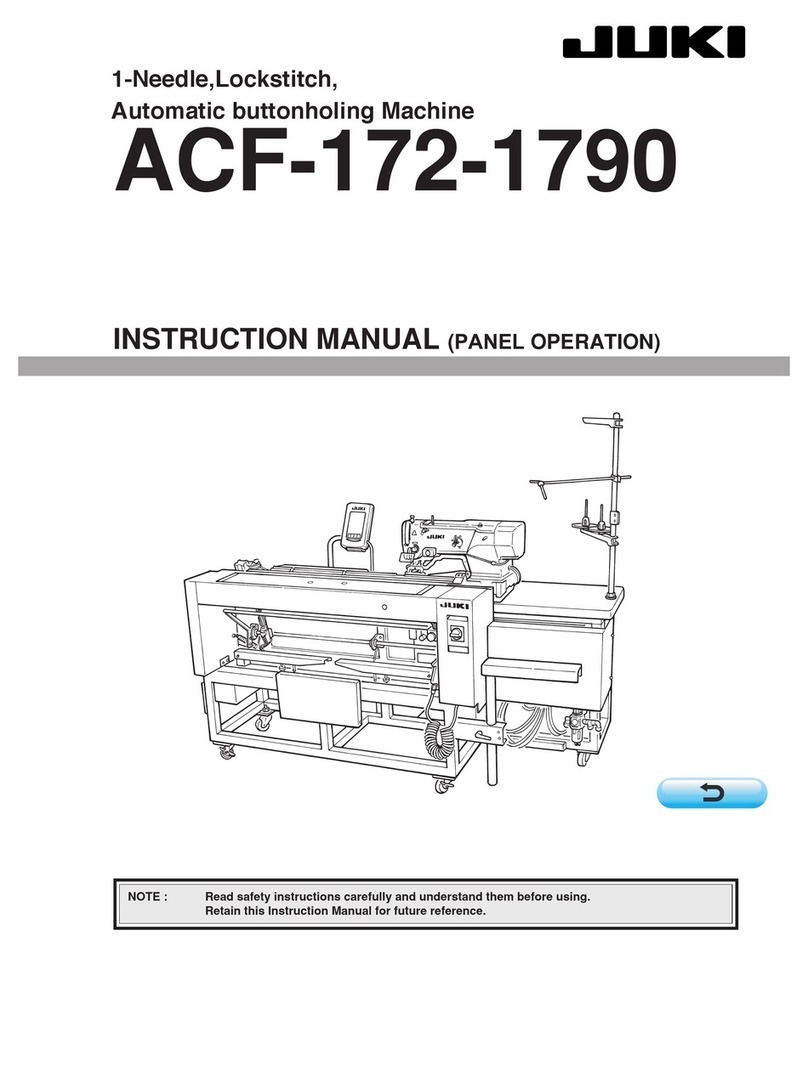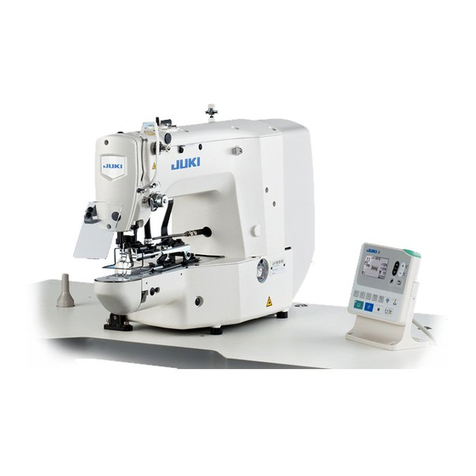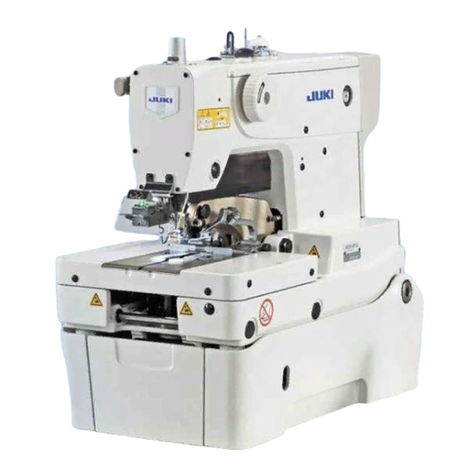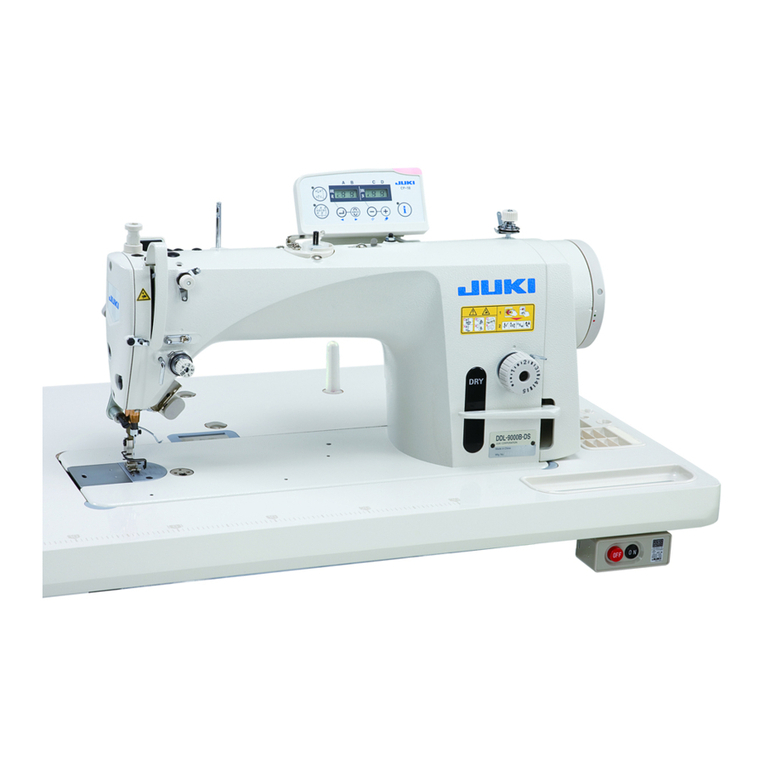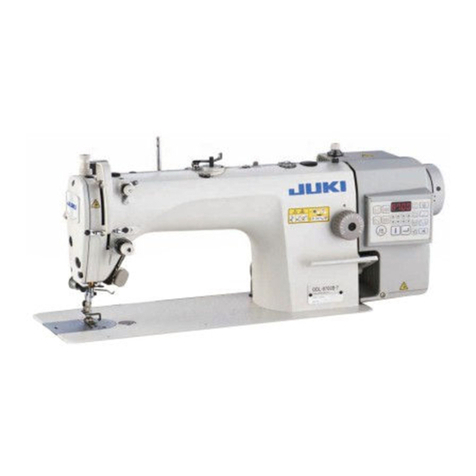
When using an electrical appliance, basic safety precautions should always be
followed, including the following: Read all instructions before using this sewing
machine.
1. The appliance should never be left unattended when plugged in.
2. Always unplug this appliance from the electric outlet immediately after
using and before cleaning.
1. Do not use the appliance as a toy. Caution is advised when the appliance
is used by children, or near children. This sewing machine can be used by
children aged from 8 years and above and persons with reduced physical,
sensory or mental capabilities or lack of experience and knowledge if they
have been given supervision or instruction concerning use of the sewing
machine in a safe way and understand the hazards involved. Children shall
not play with the sewing machine. Cleaning and user maintenance shall
not be made by children without supervision.
2. Use this appliance only for its intended use as described in this manual.
Use only attachments recommended by the manufacturer as contained in
this manual.
3. Never operate this appliance if it has a damaged cord or plug, if it is not
working properly, if it has been dropped or damaged, or dropped into water.
Return the appliance to the nearest authorized dealer or service center for
examination, repair, electrical or mechanical adjustment.
4. Never operate the appliance with any air openings blocked. Keep
ventilation openings of the sewing machine and foot control free from the
accumulation of lint, dust, and loose cloth.
5. Keep fingers away from all moving parts. Special care is required around
the sewing machine needle.
6. Always use the proper stitch plate. The wrong plate can cause the needle
to break.
7. Do not use bent needles.
8. Do not pull or push fabric while stitching. It may deflect the needle causing
it to break.
9. Switch the sewing machine off when making any adjustments in the
needle area, such as threading needle, changing needle, threading bobbin,
or changing presser foot.
“DANGER
“WARNING
____ To reduce the risk of electric shock:”
____ To reduce the risk of burns, fire, electric shock, or
injury to persons:”
("O")
“”IMPORTANT SAFETY INSTRUCTIONS
